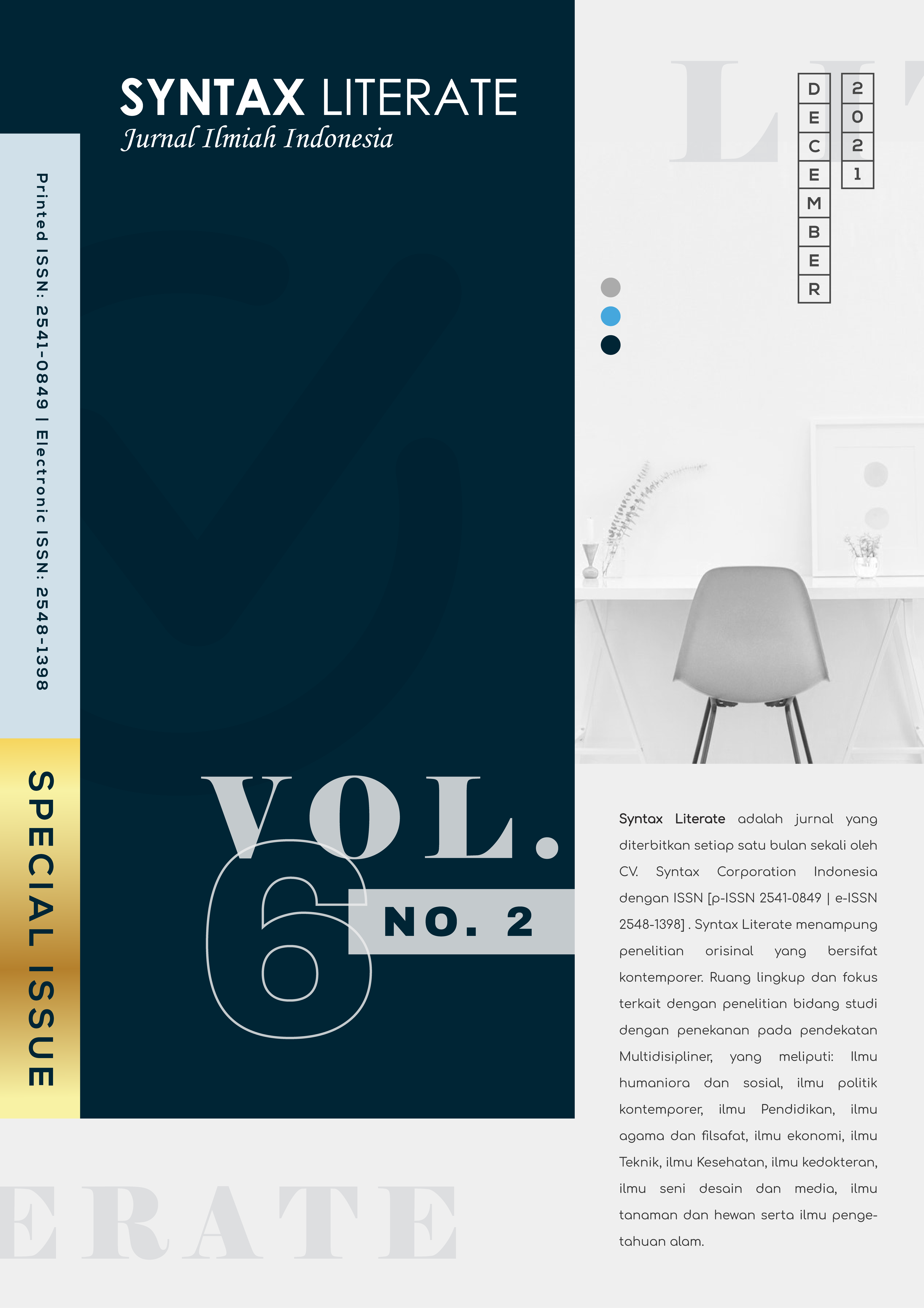Critical Reading for Self-Critical Writing
Abstract
This study aims at exploring students’ critical reading strategies and explaining how their critical reading encounters critical writing. It is due to students were lack of confidence in their ability to challenge the arguments and evidence put forward by respected academics author. The qualitative design was established by Gay and Airasian (2012) by delivering open and closed ended questions through Google forms and analyzing corpus based on students’ proposal text. Then, it had been analyzed by using cyclical steps; reading, describing, clarifying and interpreting. Based on the data, firstly, it has been revealed that students’ critical reading strategies mostly established are making connections, contextualizing and making applications and identifying problems and creating annotations. Students were rarely to challenge author’s assumptions, translate ideas into visuals and evaluate arguments. Secondly, their reading activity also reflected their critical reading, in other words, students state their purpose of writing, define key terms, and manage references on their work. Based on this, it can be figured out that students’ critical writing were relied on superficial argument development and format-based writing which performed a shallow writing.
Downloads
Copyright (c) 2021 Ida Royani, Heni Arwida

This work is licensed under a Creative Commons Attribution-ShareAlike 4.0 International License.











